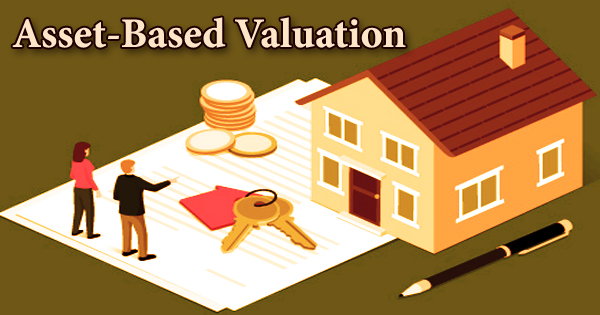Depreciation is a reduction in the value of an asset over time, due in particular to wear and tear. It is the gradual and permanent shrinkage in the value of assets due to their wear and tear by use or working, expiration of time, etc. It is an accounting method of allocating the cost of a tangible or physical asset over its useful life or life expectancy. The loss arising out of depreciation is debited to the profit and loss account. An example of fixed assets are buildings, furniture, office equipment, machinery, etc. Machinery, equipment, currency are some examples of assets that are likely to depreciate over a specific period of time. The land is the only exception that cannot be depreciated as the value of land appreciates with time.
Methods of computing depreciation, and the periods over which assets are depreciated, may vary between asset types within the same business and may vary for tax purposes. This is useful for estimation of property value for taxation purposes like property tax etc. To calculate depreciation subtract the asset’s salvage value from its cost to determine the amount that can be depreciated. Divide this amount by the number of years in the asset’s useful lifespan. Divide by 12 to tell you the monthly depreciation for the asset. It is used to account for declines in the carrying value over time. For such assets like real estate, market and economic conditions are likely to be crucial such as in cases of economic downturn.
For example, the annual depreciation on equipment with a useful life of 20 years, a salvage value of $2000 and a cost of $100,000 is $4,900 (($100,000-$2,000)/20).
Three main inputs are required to calculate depreciation:
- Useful life – this is the time period over which the organization considers the fixed asset to be productive. Beyond its useful life, the fixed asset is no longer cost-effective to continue the operation of the asset.
- Salvage value – Post the useful life of the fixed asset, the company may consider selling it at a reduced amount. This is known as the salvage value of the asset.
- The cost of the asset – this includes taxes, shipping, and preparation/setup expenses.
















